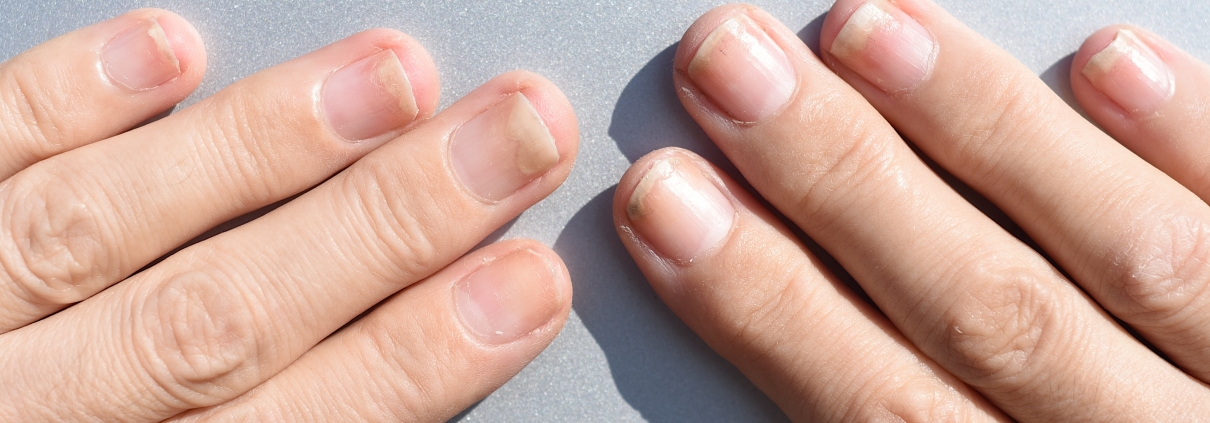What is nail psoriasis and how do I treat it?
Psoriasis is a chronic disease of the immune system that causes the body to produce many skin cells and excessive production of cells on the skin will be accompanied by the formation of red scales, white and silver spots or blisters.
Psoriasis can occur anywhere on the body, including the chest, arms, legs, and nails. About thirty-five percent of people with psoriasis notice changes in their nails, and the reason why nail psoriasis is seen in some people and not in others has not yet been definitively determined by doctors.
In the following, we will discuss the complete examination of nail psoriasis, symptoms and treatment measures.
What is nail psoriasis?
Nail psoriasis leads to changes in fingernails and toenails, from discoloration to changes in the shape of the nail bed. These symptoms can have psychological and physical effects on a person and affect the quality of life. Nail psoriasis is usually associated with other forms of the disease, because nails are part of the skin, and it can resemble a fungal infection such as onychomycosis, which is accompanied by thickening of the nails. In addition, onychomycosis often occurs together with nail psoriasis, which can make the diagnosis difficult.
The correct and timely diagnosis of this disease is very important, because the treatment of fungal infection is different from the treatment of nail psoriasis, and every person suffering from psoriasis with nail changes should make sure that the doctor has sufficient information about psoriasis or no
Signs and symptoms of nail psoriasis
Observing the following changes in fingernails and toenails can be a sign of nail psoriasis.
Nail color change: nails may turn white, yellow or brown, and in some cases, small white or red spots may be seen under the nails.
Nail surface changes: such as the formation of ridges or grooves in the nails or the formation of small holes in the nail surface.
Accumulation of debridement: white and plaster-like substances accumulate under the nail, which can cause the nail to separate from the skin, which will also be accompanied by pain.
Nail thickening: About one-third of people with nail psoriasis are involved in fungal infections, which eventually lead to nail thickening and can also cause nail brittleness.
Detachment of the nail: the nail loosens or separates from the nail bed.
The occurrence of some of the mentioned symptoms can make it difficult to move the fingers and toes, and pain and stiffness will be felt in the nails.
Prevention of nail psoriasis
Nail care is one of the most effective ways to treat and prevent nail psoriasis. Compliance with the following measures will also be effective:
Keeping the nails short in order to prevent damage or lifting of the nail from the bed.
Refrain from chewing or picking nails.
Use protective gloves when playing sports, washing dishes, or when hands are in water.
Keeping nails clean to prevent infection.
Using moisturizing cream on nails to prevent cracking and brittle nails.
Refraining from cleaning nails with sharp objects, in order to prevent nail separation.
Wearing shoes that fit the size of the foot, so that there is enough space for the toes.





